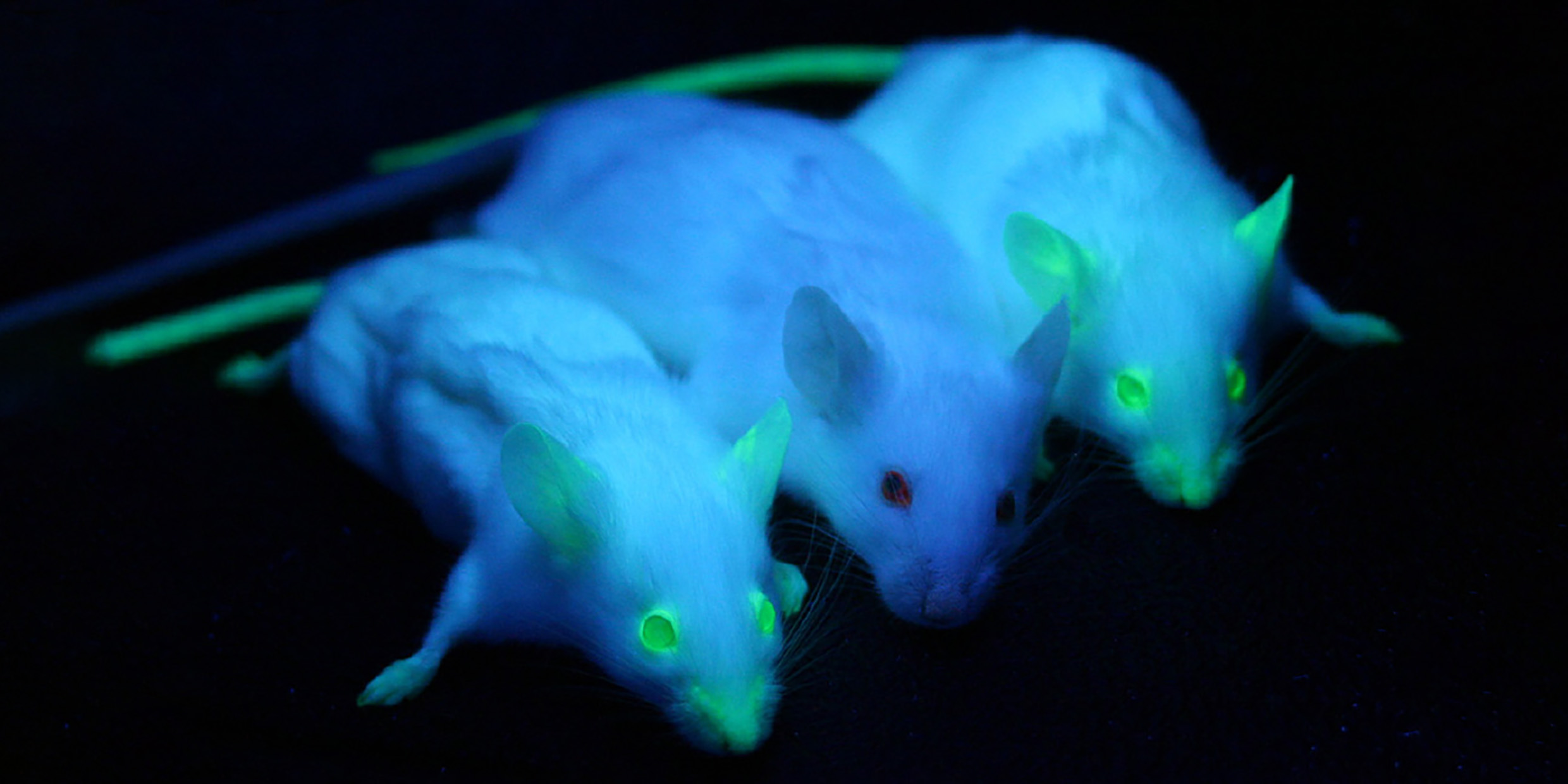Originally published 29 December 1997
Here are some science stories you may have missed this past year, gleaned from the pages of the journal Science. They aren’t exactly headline-makers, but we need a bit of relief from stories about El Niño and reproductive technology:
- A team of Tasmanian botanists has found what appears to be the oldest plant on Earth, a sprawling, low-growing holly shrub that was born more than 43,000 years ago. Its age was estimated by carbon-dating charcoal that was found with fossilized leaf fragments from the plant. The previous record-holder for oldest plant is a 13,000-year-old box huckleberry in Pennsylvania. The Tasmanian Methuselah is sterile, and it propagates by sending out rhizomes, or roots. It is the only known member of its species. The leader of the team that found the plant, René Vaillancourt, says, “We’re trying to keep the exact location secret.” He is worried, apparently, about human vandalism. Sad to think that the oldest living thing on Earth should have to be protected from upstarts who live mere decades.
- Scientists in Japan have implanted into mice the gene that makes jellyfish glow. They hope to use the technique to track various kinds of cellular activity in organisms. The transgenic mice radiate an eerie green light. “It’s very beautiful,” says chief researcher Masaru Okabe. What can be done with mice can presumably be done for humans, too. Will glowing humans become all the rage, the latest twist in our maddened search for the ultimate cosmetic, this one built into the very fabric of the genes? In the meantime, one can imagine those lovely luminescent mice, scampering about the house at night, betrayed to the cat by their jellyfish glow, or going out like a sputtering candle beneath the sprung wire of the trap.
- The National Institute of Standards and Technology in Boulder, Colorado, maintains an atomic clock that provides the national standard for time. It broadcasts a signal on station WWVB in Fort Collins, Colorado, which can be used to set clocks to the exact time. Now, the LaCrosse McCormick company of LaCrescent, Minnesota, is selling a $900 wrist watch with a built-in radio receiver tuned to the Fort Collins station. The watch is accurate to 9 millionths of a second. Don’t keep someone who is wearing one of these babies waiting.
- A team of researchers led by neurobiologist Robert Barlow has created a computer model that simulates the behavior of neurons in a crab’s eye. The problem of how groups of neurons translate stimuli into signals the brain can process is, of course, important for understanding how the brain works. To test their model, the scientists implanted a probe in a male horseshoe crab’s eye that measured activity of a single neuron as the crab patrolled shallow ocean waters looking for a mate. They also mounted a mini-video camera, dubbed the “CrabCam,” on the crab’s back to record what the crab saw. Back in the lab, they fed the video footage into the computer and compared the response of their computer model with neuron activity in the living crab. The match was encouraging. Look for the CrabCam video in the adult section of your local video store.
- Which scientific field has the smartest people? The tongue-in-cheek Annals of Improbable Research polled readers of their web site, asking them to rank academic disciplines according to the intelligence of their members. Physicists won hands-down, with top marks from 40 percent of respondents. Mathematicians followed with 15 percent of the vote. Chemists and biologists trailed miserably. Political scientists, economists, and sociologists received votes as least intelligent. What this informal poll may actually have demonstrated is that physicists and mathematicians are the kinds of net-surfing nerds who are most likely to stumble into a website, and smart enough to stack a vote when the opportunity presents itself.
- A piece of bear thigh bone with holes in it, believed to be the world’s oldest musical instrument, was excavated several years ago from a cave in Yugoslavia known as a Neanderthal living site. Now musicologist Bob Fink, of Saskatoon, Canada, has analyzed the bone and concludes that the instrument probably played the same seven-note scale on which modern Western music is based. Many of us of a certain age grew up with the idea of Neanderthals as hulking, thick-headed brutes who could barely manage a friendly grunt, and who were driven mercifully to extinction by our more intelligent Cro-Magnon forebears. Scientists still suspect that murderous Cro-Magnons were implicated in the demise of Neanderthals; now we must contend with the guilt of having obliterated a sensitive folk who sat around in caves playing diatonic airs.
- Astronomers have found a new candidate for lowest naturally-occurring temperature. Raghvendra Sahai of the Jet Propulsion Laboratory in Pasadena, California, and Lars-Åke Nyman of Sweden’s Onsala Space Observatory report gas in the Boomerang Nebula has a temperature of less than minus 270 degrees Celsius. That’s within 3 degrees of absolute zero. The gas is being ejected from a dying star before its core collapses to become a white dwarf, and cools as it expands rapidly. The discovery raises the troubling possibility that some of the most massive outflows of gas from dying stars might go undetected because the expanding gas has cooled to such low temperatures. On the other hand, folks in North Dakota must be elated to discover that their much-maligned home state is not, after all, the coldest place in the universe.
Share this Musing:



